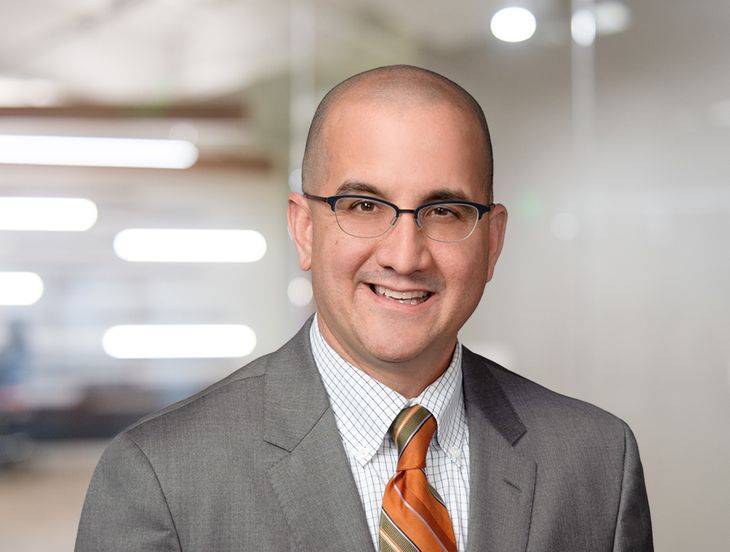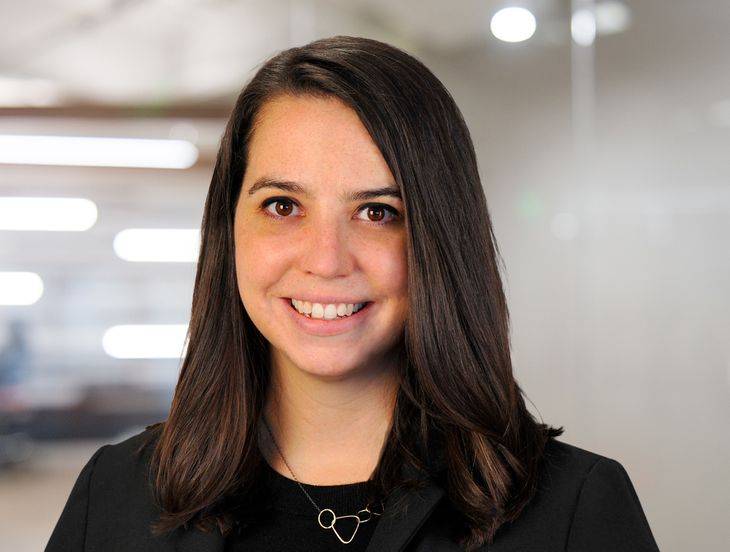Here To Stay? 5 Changes to Prepare for as Cal/OSHA Proposes Permanent COVID-19 Standard
Insights
6.28.22
Many California employers were hopeful there was an end in sight for COVID-19 requirements – but recent activity from state workplace safety officials means that you will most likely need to comply with pandemic rules for at least the next two years. While Cal/OSHA’s Emergency Temporary Standard (ETS) is scheduled to expire in December 2022, the agency released a proposed “permanent” rule on June 18 that proposes to impose COVID-19 requirements on workplaces through 2024. While most of the proposed new rules align with the existing requirements of the current ETS, there are some key changes employers need to know about – including the possible elimination of the controversial (and costly) exclusion pay requirement. What do employers need to know about this new permanent COVID-19 worker safety rule?
5 Changes We’ll See With the (Proposed) Permanent Rule
Again, life will mostly look the same for employers if the proposed rule takes effect, but here are the five most significant changes you should prepare for if and when the permanent standard is adopted.
- Close Contacts
Under the proposed permanent rule, “close contacts” are defined as employees sharing the same indoor space as a COVID-19 case for a cumulative total of 15 minutes or more over a 24-hour time period. This reflects the most recent order from the California Department of Public Health (CDPH) which incorporated this definition earlier this month.
This definition provides less specificity than the previous definition of “within six feet.” It could require additional employees to be labeled as close contacts if they sit around the same table or are in the same room regardless of the distance between them and the COVID-19 case.
- Notice Requirements
The proposed permanent rule gives employers a little more time to notify employees of a potential close contact. Employers will now be required to provide notice to an employee or independent contractor as soon as possible, rather than within one business day as the ETS requires.
Employers should note, however, that Labor Code Section 6409.6 contains a statutory requirement to provide such notice within one business day. While that requirement is currently set to expire at the end of the year, pending legislation would extend that requirement until January 1, 2025. So, while the proposed rule may provide more flexibility, the statute will likely continue to require notice to be provided within one business day.
- Adds Aerosolizing Procedures for Employees in Certain Healthcare Settings
For employees in work settings that are exempt from the Aerosol Transmissible Disease Standard, employers shall evaluate the need for respiratory protection to
prevent COVID-19 transmission for those who are exposed to procedures that may aerosolize potentially infectious material such as saliva or respiratory tract fluids, in accordance with the Respiratory Protection standards. Examples of workplaces covered by this section include, but are not limited to, certain dental procedures and outpatient medical specialties.
- Reporting and Recordkeeping
In addition to the requirement to report outbreaks to the local health department, the proposed permanent rule requires that employers keep confidential records of all COVID-19 cases as well as all close contacts. The records must be retained for two years, and must be provided to the local health department, CDPH, Cal/OSHA or The National Institute for Occupational Safety and Health immediately upon request.
- Elimination of Exclusion Pay?
In a significant departure from the ETS, the current proposed permanent rule does not require employers to provide exclusion pay to employees who are excluded from the workplace due to COVID-19. This was one of the most controversial (and costly) provisions of the ETS.
Employers should keep a close eye on this, however, as labor stakeholders are likely to push for the permanent rule to include exclusion pay. You should also keep in mind any applicable state and local obligations to provide COVID-19 supplemental paid sick leave in such situations.
When Will These New Rules Take Effect?
Cal/OSHA has not announced a hearing date for the proposed rule. We will release updates as they are available. For now, employers should continue to comply with the current ETS until we hear further word about the permanent rule.
Next Steps
While many of the proposed requirements of the new rule are the same, you should review your IIPP or COVID-19 Prevention Program to ensure it can be readily updated. Additionally, you should review your record keeping practices to be able to implement the record requirements under the new rule.
Conclusion
Make sure you are subscribed to Fisher Phillips’ Insight System to get the most up-to-date information. We are continuing to monitor the rapidly developing COVID-19 situation and will provide updates as appropriate. If you have further questions on how to comply, contact your Fisher Phillips attorney, the authors of this Insight, or any attorney in any one of our six California offices.
Related People
-
- Benjamin M. Ebbink
- Partner
-
- Abby H. Putzulu
- Associate
-
- Hannah Sweiss
- Partner


